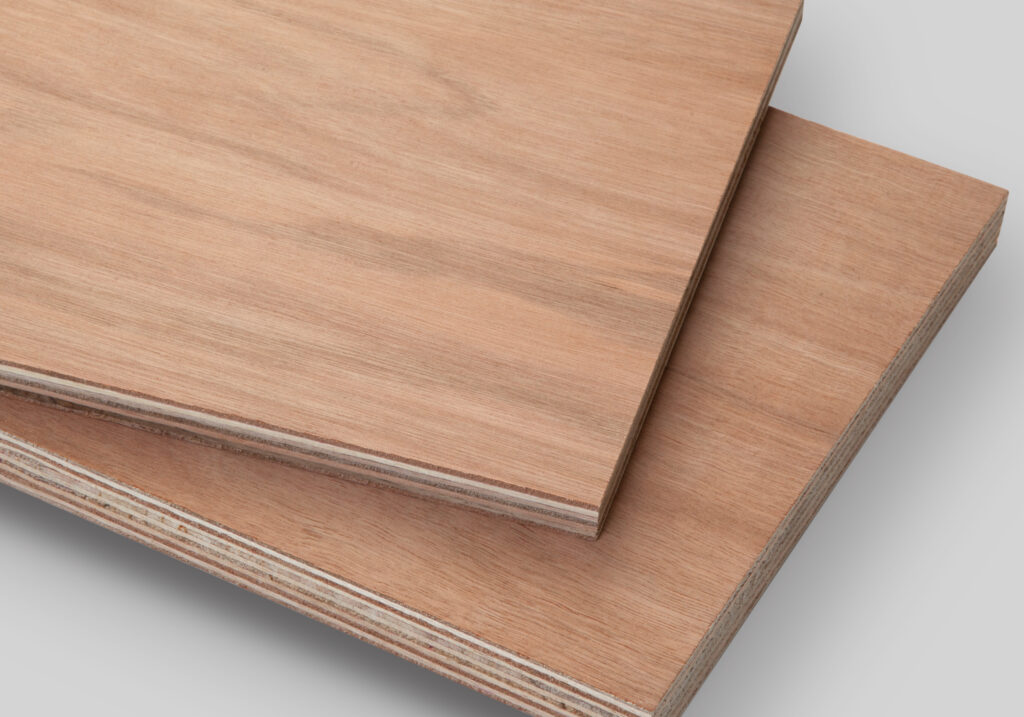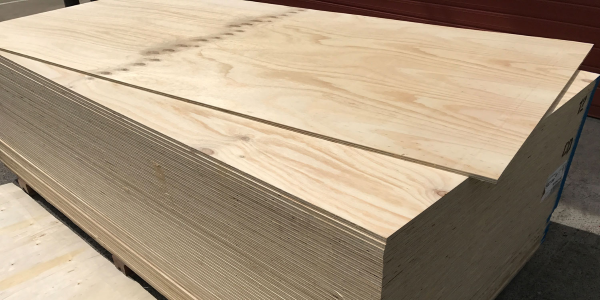Plywood
Comprehensive Guide to Plywood: Types, Applications, and FAQs
Plywood is a versatile, durable, and cost-effective material widely used in construction, furniture making, and many other applications. It is made by bonding thin layers of wood veneer together, resulting in a material with excellent strength and stability. This guide will explore everything you need to know about plywood, including its types, applications, manufacturing process, advantages, disadvantages, and frequently asked questions.
Table of Contents
-
What is Plywood?
-
History of Plywood
-
Manufacturing Process of Plywood
-
Types of Plywood
-
Applications of Plywood
-
Advantages of Plywood
-
Disadvantages of Plywood
-
Environmental Impact and Sustainability
-
Choosing the Right Plywood
-
Frequently Asked Questions (FAQs)
1. What is Plywood?
Plywood is a manufactured wood product composed of thin sheets of wood veneer, glued together under heat and pressure. The grain direction of each layer alternates, providing increased strength, stability, and resistance to warping. Plywood is classified as engineered wood, distinct from solid wood or particle board.
2. History of Plywood
The concept of layering wood dates back to ancient Egypt, where craftsmen used glued thin layers of wood to construct furniture and artifacts. Modern plywood manufacturing began in the 19th century, with the first rotary lathe for peeling logs invented in the early 20th century. Since then, plywood has become a cornerstone material in construction and furniture making.
3. Manufacturing Process of Plywood
Step 1: Log Selection
High-quality logs are selected based on the desired grade and application of the plywood.
Step 2: Debarking
Logs are stripped of their outer bark to ensure a clean surface for peeling.
Step 3: Veneer Peeling
A rotary lathe peels the log into thin sheets of veneer. These veneers are then cut into appropriate sizes.
Step 4: Drying
The veneers are dried to reduce moisture content, ensuring dimensional stability.
Step 5: Glue Application
A strong adhesive, often urea-formaldehyde or phenol-formaldehyde, is applied to the veneers.
Step 6: Assembly
Veneers are stacked with alternating grain directions and pressed under heat and pressure to bond them into a single sheet.
Step 7: Finishing
The plywood sheets are trimmed, sanded, and graded according to quality standards.
4. Types of Plywood
Plywood is available in various types, each tailored for specific applications.
a. Softwood Plywood
Made from softwood species like pine or fir, this type is used for construction purposes, such as roofing, walls, and flooring.
b. Hardwood Plywood
Constructed from hardwood species like oak, maple, or birch, it is ideal for furniture and cabinetry due to its durability and fine finish.
c. Marine Plywood
Manufactured with waterproof adhesive, marine plywood is designed to resist water and humidity, making it suitable for boat building and exterior applications.
d. Flexible Plywood
Thin and bendable, flexible plywood is used for curved structures and intricate designs.
e. Fire-Resistant Plywood
Treated with chemicals to resist ignition and spread of fire, this plywood is used in areas requiring enhanced fire safety.
f. Decorative Plywood
Faced with veneers of fine wood or laminates, decorative plywood is used for aesthetic purposes in interiors and furniture.
g. Moisture-Resistant (MR) Plywood
MR plywood, also known as commercial plywood, is designed to resist moisture but not water immersion, making it suitable for indoor use.
5. Applications of Plywood
a. Construction
b. Furniture Making
c. Interior Design
-
Paneling
-
Partitions
-
False ceilings
d. Exterior Applications
-
Signboards
-
Boats
-
Garden furniture
e. Special Applications
-
Packaging crates
-
Musical instruments
-
Sports equipment
6. Advantages of Plywood
-
Strength and Durability: Plywood is strong and resists bending, making it suitable for structural applications.
-
Lightweight: Despite its strength, plywood is lighter than solid wood.
-
Cost-Effective: It provides a cheaper alternative to solid wood.
-
Versatile: Available in various grades and finishes for different purposes.
-
Eco-Friendly: Plywood utilizes more of the tree, reducing waste.
-
Resistance to Cracking: Alternating grain directions make it less prone to splitting.
7. Disadvantages of Plywood
-
Susceptibility to Water Damage: Untreated plywood can swell or delaminate when exposed to water.
-
Vulnerability to Termites: Some types may require treatment to prevent termite attacks.
-
Formaldehyde Emissions: Low-quality plywood may release harmful emissions from adhesives.
-
Limited Thickness: Available in specific thicknesses, which may not suit all applications.
8. Environmental Impact and Sustainability
Sustainable practices in plywood production include:
-
Using wood from certified forests.
-
Recycling wood waste for veneer production.
-
Opting for low-emission adhesives.
Choosing eco-friendly plywood can reduce environmental impact and promote sustainability.
9. Choosing the Right Plywood
-
Determine the Application: Identify whether the plywood will be used indoors, outdoors, or in a moisture-prone area.
-
Select the Type: Choose marine, decorative, or fire-resistant plywood based on needs.
-
Check the Grade: Higher grades are smoother and have fewer defects.
-
Inspect for Warping: Ensure the sheet is flat and free of visible warping.
-
Consider Thickness: Match the thickness to the application requirements.
10. Frequently Asked Questions (FAQs)
Q1: What is the difference between marine plywood and regular plywood?
A: Marine plywood is made with waterproof glue and high-quality veneers that resist water and humidity, making it suitable for wet environments.
Q2: Can plywood be painted or stained?
A: Yes, plywood can be painted or stained to enhance its appearance. Sanding the surface beforehand ensures better adhesion.
Q3: How do I protect plywood from water damage?
A: Use waterproof coatings, sealants, or paint to protect plywood from moisture.
Q4: What is the lifespan of plywood?
A: The lifespan varies based on usage and maintenance. Properly treated plywood can last several decades.
Q5: Is plywood stronger than solid wood?
A: Plywood is stronger than solid wood in certain aspects, such as resistance to splitting, due to its cross-grain structure.
Q6: How do I differentiate between good and bad quality plywood?
A: Check for uniform thickness, absence of warping, and smooth surface finishes. High-quality plywood often carries certifications.
Q7: Can plywood be recycled?
A: Yes, plywood can be recycled, though the presence of adhesives may limit its use in certain applications.
Q8: What thickness of plywood is ideal for flooring?
A: For flooring, ¾-inch (19 mm) plywood is commonly used for its strength and durability.
Q9: Is plywood safe for indoor use?
A: Yes, but opt for low-emission plywood to minimize formaldehyde exposure.
Q10: Can plywood be used for roofing?
A: Yes, softwood plywood is often used for roof sheathing due to its strength and lightweight properties.



